jardins du Riesthal /
RIESTHAL GARDENS
Cette série montre l’évolution de la nature dans un jardin familial (auparavant jardin ouvrier). Au fil des années, la parcelle est passée d’un terrain nu à une oasis accueillant une grande variété de plantes. La nature a en partie été laissée libre d’agir et a ainsi permis aux plantes vagabondes et sauvages de cohabiter avec les plantes cultivées. Il en résulte un jardin vivant et en perpétuelle reconfiguration. La série est aussi élargie aux autres parcelles du site, présentant d’autres approches de la culture potagère. Les photos revêtent aussi une dimension sensorielle liée au temps des étés et des jeux d’enfants. La dimension écologique d’un tel projet est primordiale. Le plaisir du temps passé dans ces jardins est le meilleur moyen de transmettre des gestes de culture, de rapport à la terre aux générations futures.
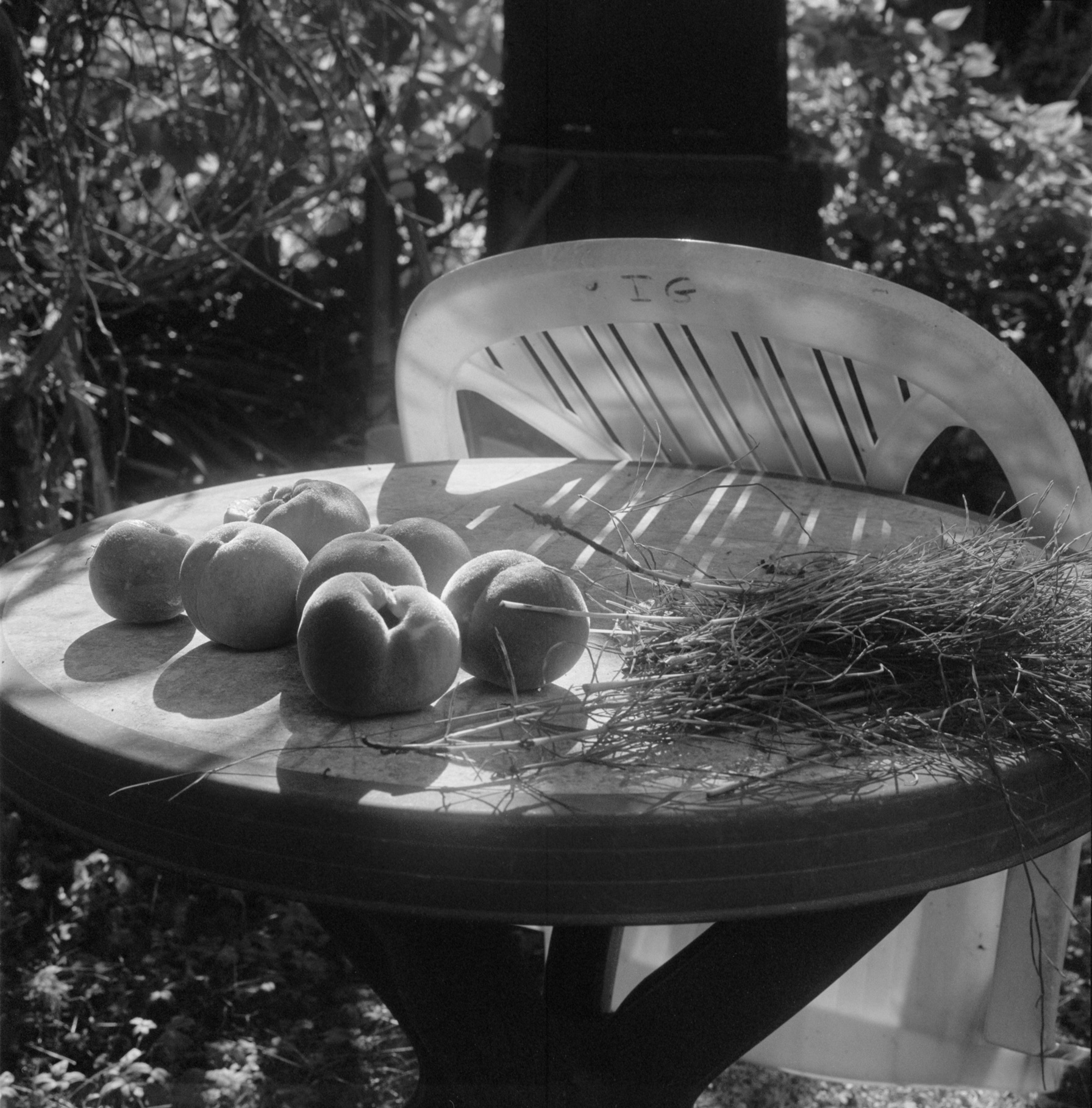
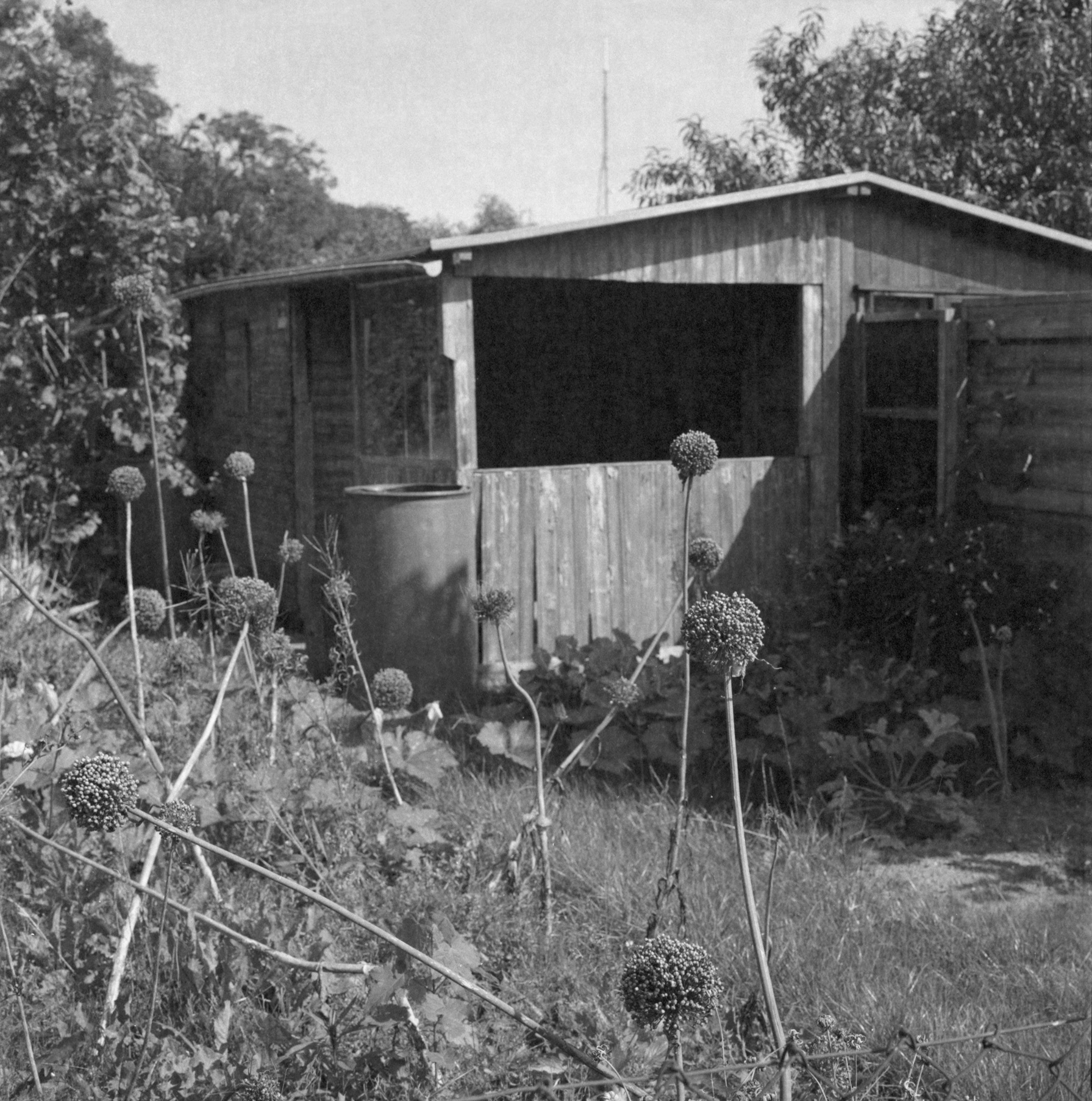

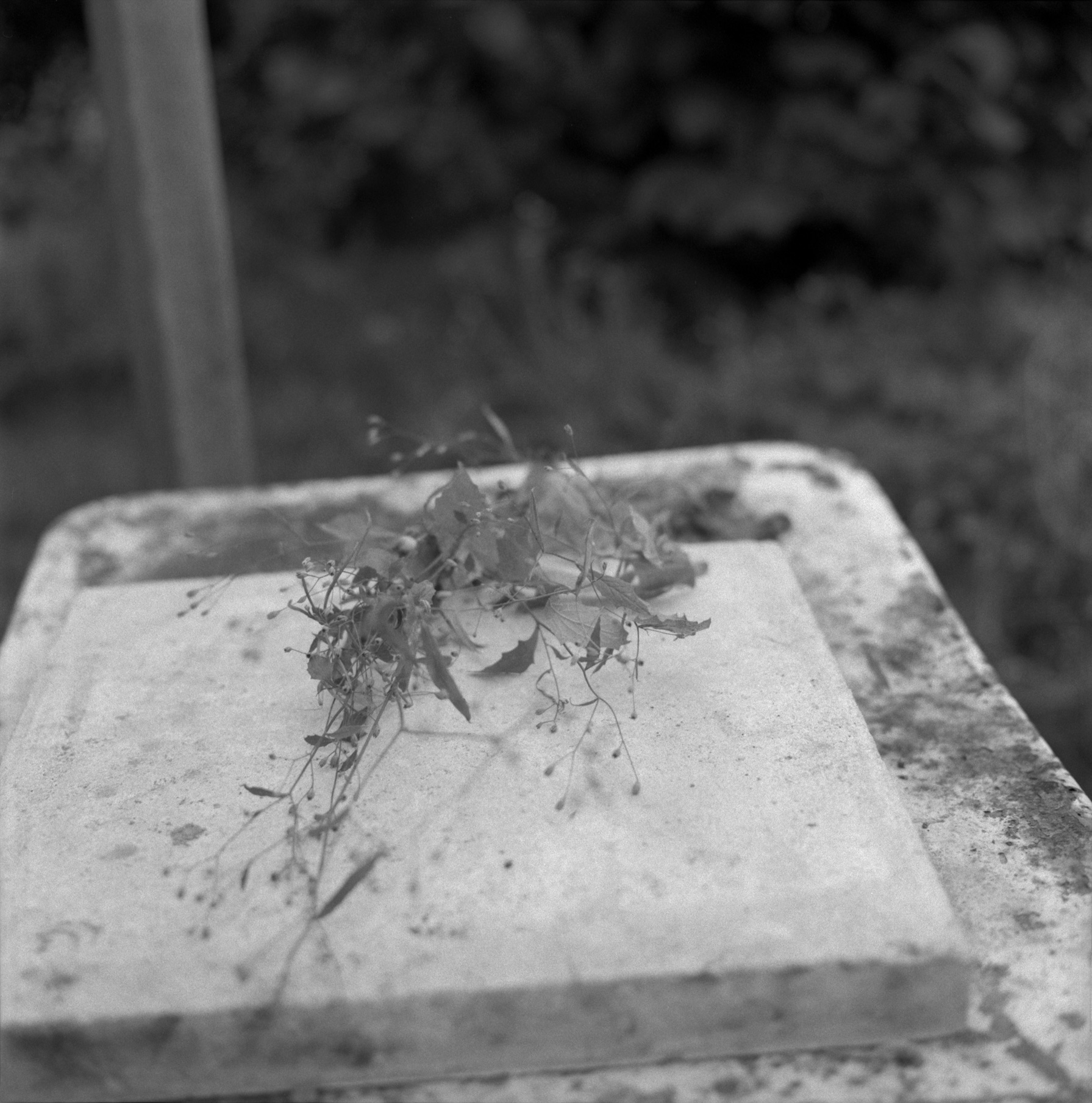

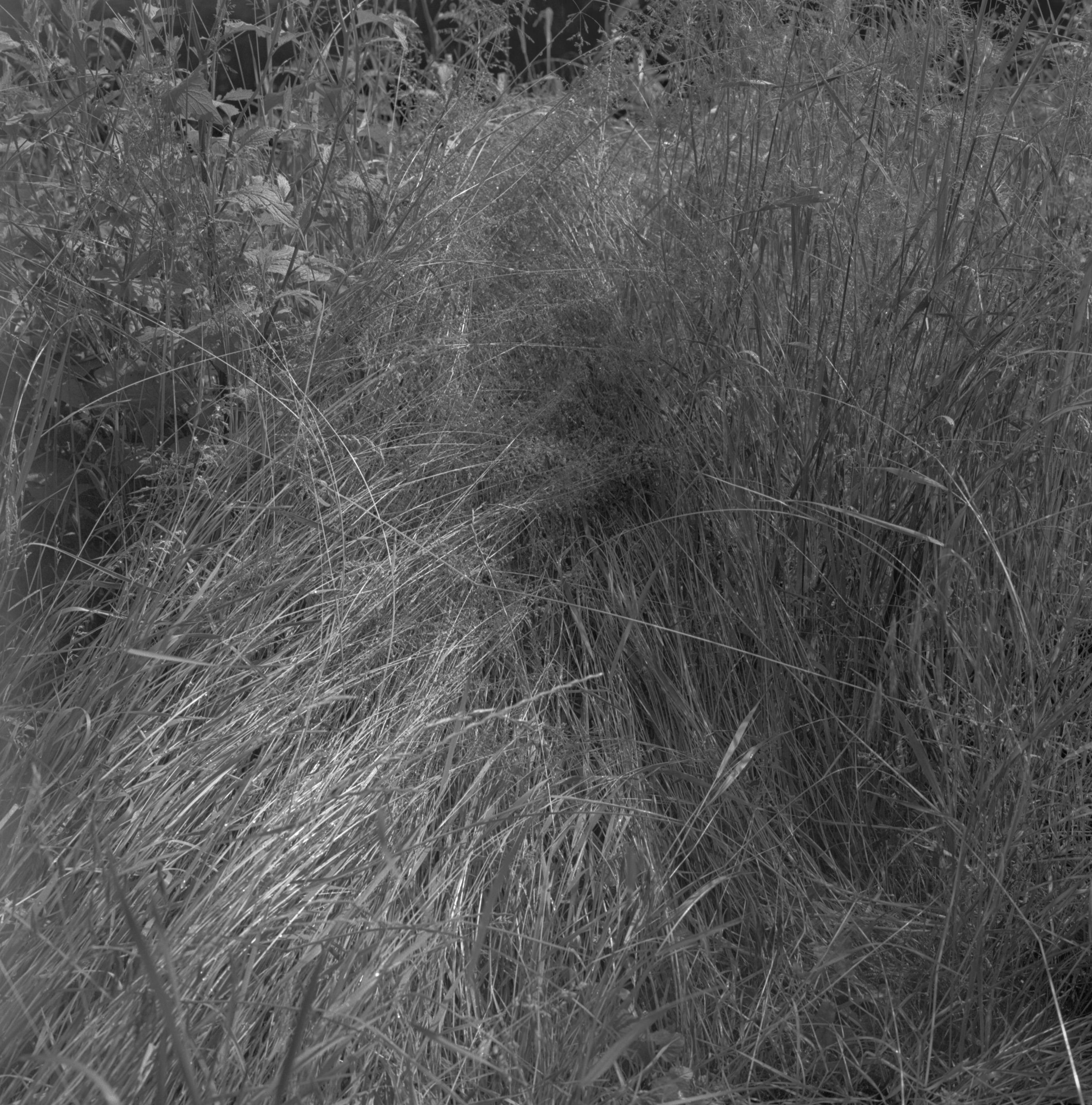
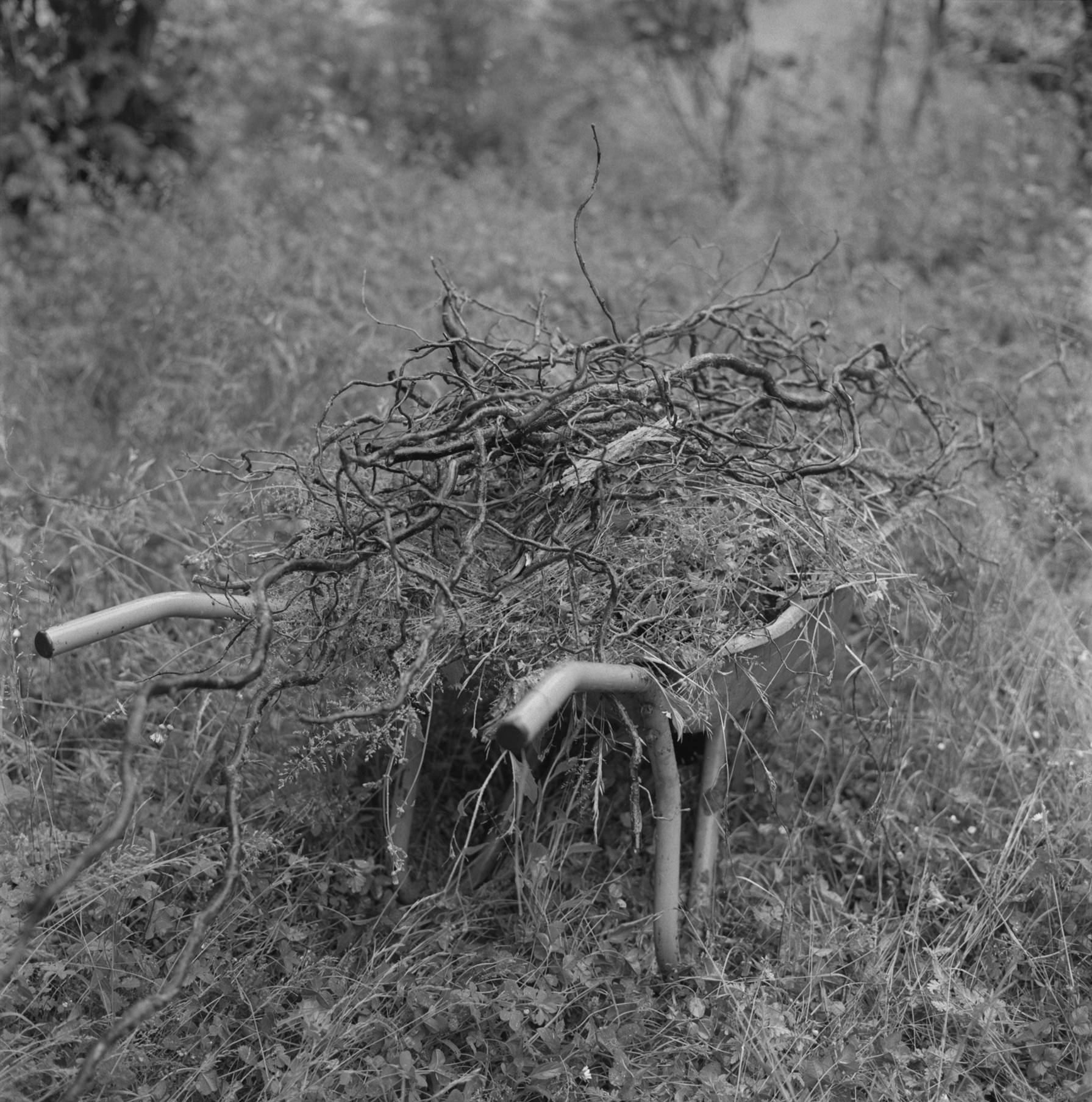
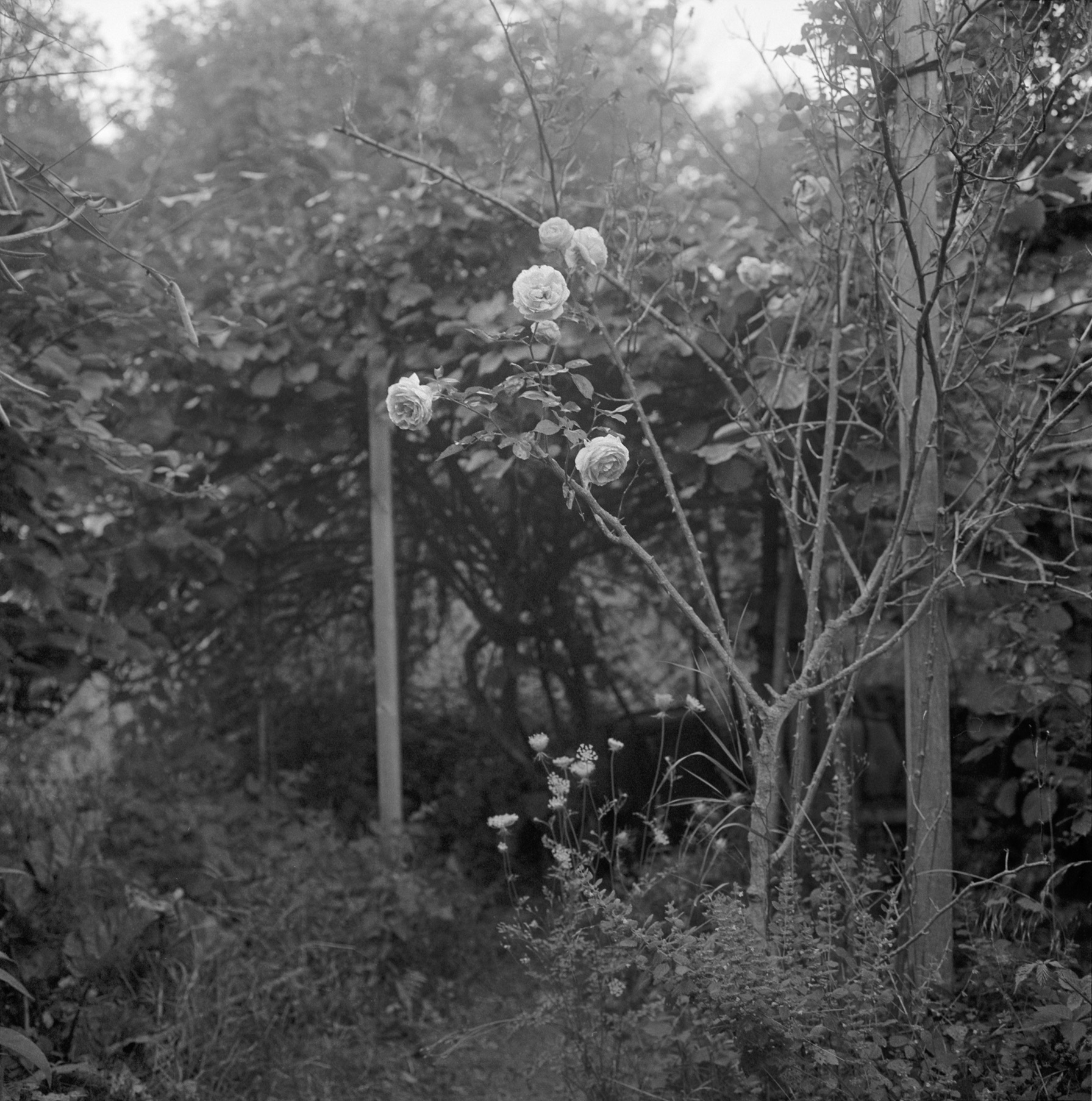
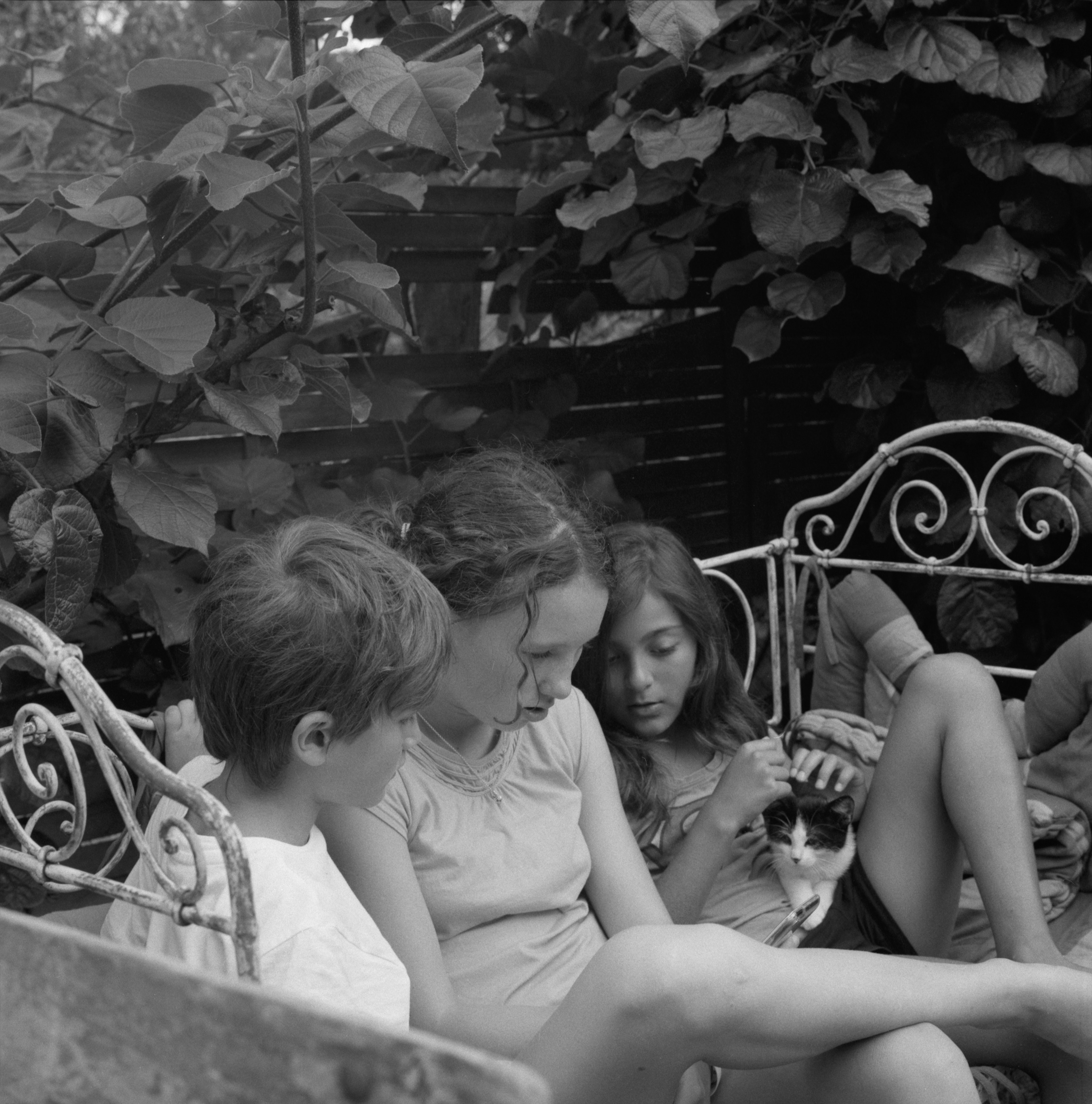



ENG :
“This series bears witness to the history of a site bringing together allotment gardens (previously called allotment gardens) and especially plot no. 100 which I take care of with my family and friends. The photos document the evolution of nature on the site, they take on a sensory dimension linked to summer weather and children's games. Thus the series relates the time of childhood in the gardens, considered as a kind of lost paradise.
The relationship to the garden makes visible our relationship to the living world. Many gardeners try to have a perfect mastery of their culture, protecting their vegetables from all diseases, seeking productivity. For our part, in the collective adventure of plot number 100, we let nature act, overflow into a garden in motion, constantly reconfigured thanks to the wandering plants so beneficial to insects (such as borage, nigel, arugula wild, nettles, etc.), we let so-called wild plants coexist with cultivated plants.
The ecological dimension of such a project is essential. The pleasure of time spent in these gardens is the best way to transmit gestures of culture, of relationship to the land to future generations. » Anne Immelé
“The allotment's function of shelter or fallback is brought to its height here, but as if within a slide that would allow us each time to weigh the amount of escape induced by things. Fig tree leaves above tall grass where the sun forms a clear spot, smoke rising in the garden next door, a plot where protective veils held up by planks form a kind of involuntary Zen garden, brushwood, quantity of brushwood, temporary bouquets, ephemeral still lifes, spread all the time…” Jean-Christophe Bailly
Some silver gelatin prints are also avaiable on my online shop
“This series bears witness to the history of a site bringing together allotment gardens (previously called allotment gardens) and especially plot no. 100 which I take care of with my family and friends. The photos document the evolution of nature on the site, they take on a sensory dimension linked to summer weather and children's games. Thus the series relates the time of childhood in the gardens, considered as a kind of lost paradise.
The relationship to the garden makes visible our relationship to the living world. Many gardeners try to have a perfect mastery of their culture, protecting their vegetables from all diseases, seeking productivity. For our part, in the collective adventure of plot number 100, we let nature act, overflow into a garden in motion, constantly reconfigured thanks to the wandering plants so beneficial to insects (such as borage, nigel, arugula wild, nettles, etc.), we let so-called wild plants coexist with cultivated plants.
The ecological dimension of such a project is essential. The pleasure of time spent in these gardens is the best way to transmit gestures of culture, of relationship to the land to future generations. » Anne Immelé
“The allotment's function of shelter or fallback is brought to its height here, but as if within a slide that would allow us each time to weigh the amount of escape induced by things. Fig tree leaves above tall grass where the sun forms a clear spot, smoke rising in the garden next door, a plot where protective veils held up by planks form a kind of involuntary Zen garden, brushwood, quantity of brushwood, temporary bouquets, ephemeral still lifes, spread all the time…” Jean-Christophe Bailly
Some silver gelatin prints are also avaiable on my online shop
FR : Cette série montre l’évolution de la nature dans un jardin familial (auparavant jardin ouvrier). Au fil des années, la parcelle est passée d’un terrain nu à une oasis accueillant une grande variété de plantes. La nature a en partie été laissée libre d’agir et a ainsi permis aux plantes vagabondes et sauvages de cohabiter avec les plantes cultivées. Il en résulte un jardin vivant et en perpétuelle reconfiguration. La série est aussi élargie aux autres parcelles du site, présentant d’autres approches de la culture potagère. Les photos revêtent aussi une dimension sensorielle liée au temps des étés et des jeux d’enfants. La dimension écologique d’un tel projet est primordiale. Le plaisir du temps passé dans ces jardins est le meilleur moyen de transmettre des gestes de culture, de rapport à la terre aux générations futures.